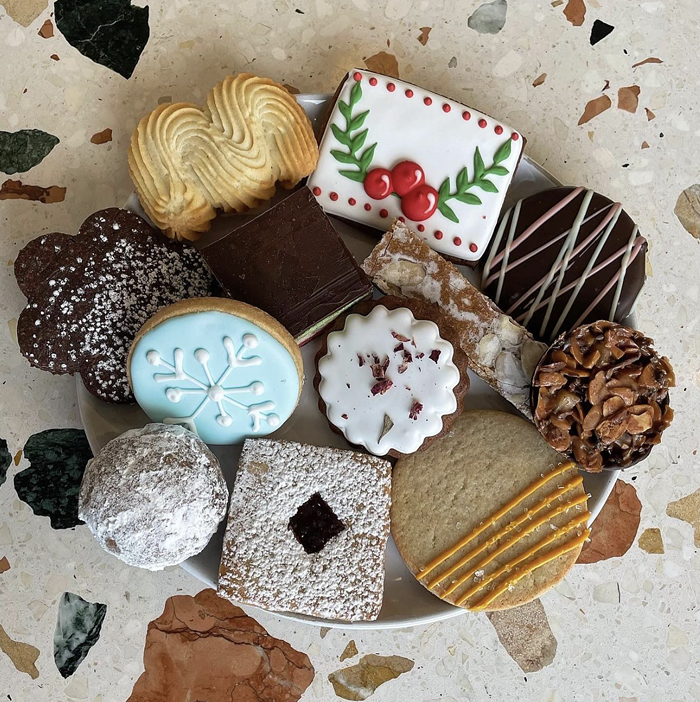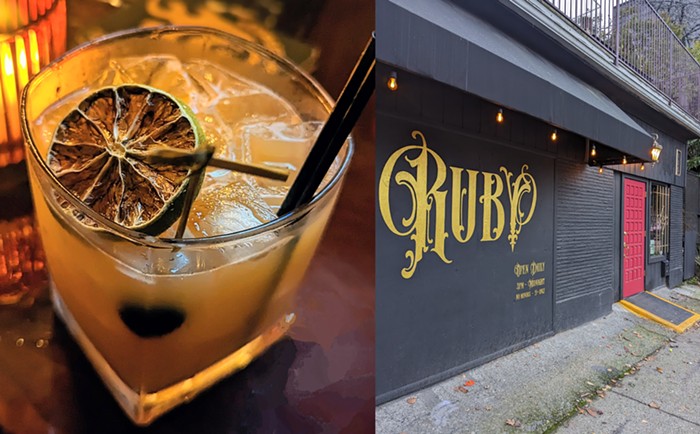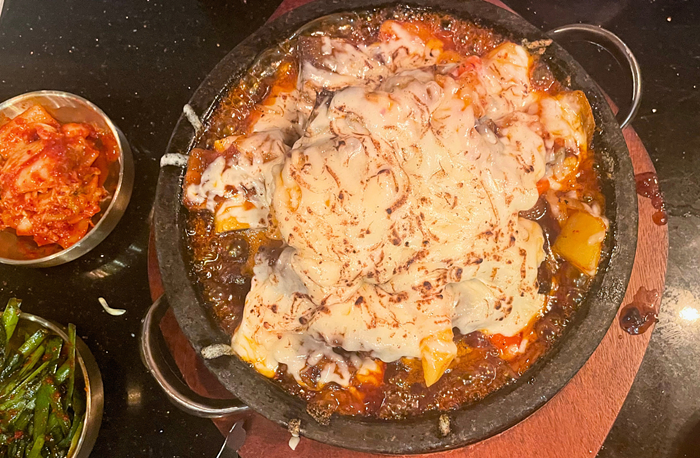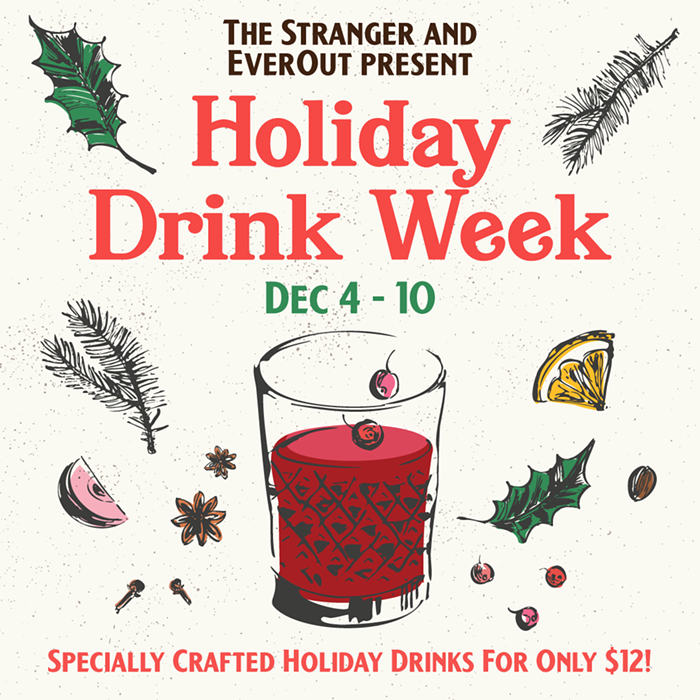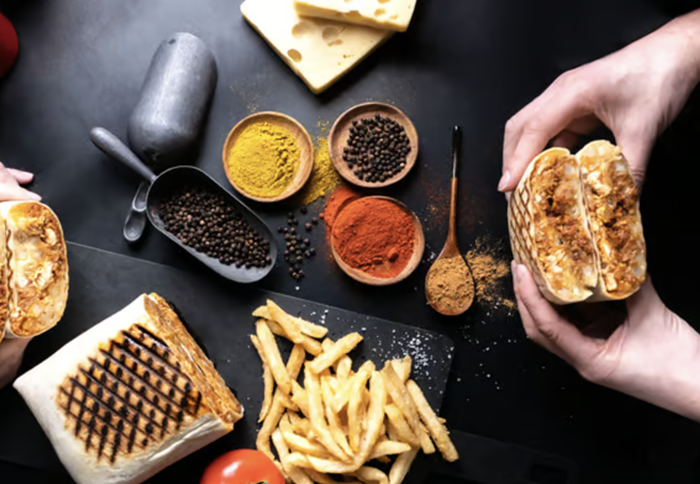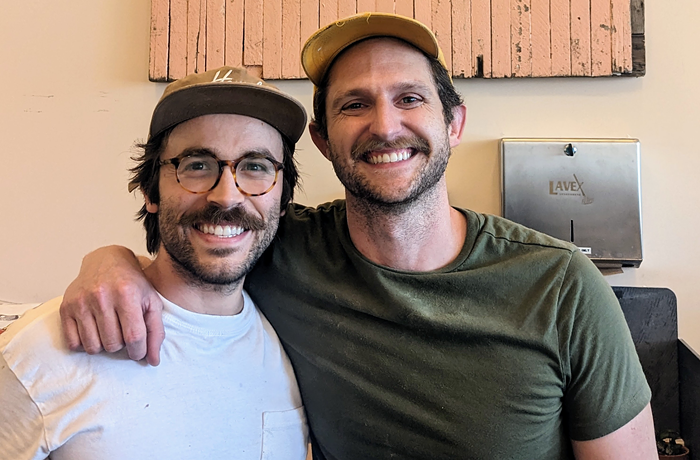When chef John Sundstrom and partners J.M. Enos and Kelly Ronan opened their Capitol Hill restaurant Lark in 2003, it was a radical move. At the time, its location—a worn-down 1930s building located on a stretch of 12th Avenue just south of Madison—was, in Sundstrom's words, "a little off the beaten path."
Then there was the food. Rather than the familiar categories of appetizers, entrées, and desserts, the five-page menu was broken into sections labeled "Cheese," "Charcuterie," "Vegetables/Grains," "Fish," and "Meat," with many of the ingredients coming from local farms and producers. In order to facilitate the sharing and sampling of dishes, portions were roughly half the size of a normal entrée.
"A small-plates, sharing-style restaurant was really hard for people to wrap their minds around in 2003," Sundstrom recalled. "It was difficult to explain it to people for a few years. Servers had to do a lot of work at the table. Eventually, people got it."
And once people got it, they couldn't get enough. Over the last 12 years, Lark has become one of Seattle's most beloved restaurants and, in the process, profoundly shaped the city's dining scene.
Today, it's almost impossible to imagine a time when chef-owned restaurants serving small plates of locally sourced ingredients didn't dominate the city. Although Lark is largely responsible for this trend in Seattle, the restaurant has never demanded a lot of attention. Its greatness has always been quiet.
So it was a little surprising when, in early 2014, Sundstrom, Enos, and Ronan announced that they were closing Lark and relocating it to a 5,000-square-foot space inside the Central Agency Building, a 1920s-era structure in another forgotten corner of Capitol Hill that was being restored and redeveloped.
"We were ready to grow," Sundstrom said matter-of-factly. "We weathered the recession and afterwards were feeling a little antsy. Lark was close to 10 years old, and we wanted to stay out there, stay current."
In addition to creating a new Lark, which opened in December of last year, the three owners added two new restaurants under the same roof: a bar called Bitter/Raw, serving seafood crudo, charcuterie, and amaro-based cocktails, and a quick-service lunch counter called Slab Sandwiches + Pie, which sells sandwiches with fillings such as burrata and Treviso and slab pies stuffed with braised beef short ribs and hedgehog mushrooms.
Sundstrom sees the two new restaurants as complementary extensions of Lark. "I didn't start with the idea to make a $6 sandwich," he said. "But we have these amazing ingredients on hand for the restaurant and knew we could find a way to make a great product at 10 bucks.
"My thing was always to stay very focused on what we do, to stay honest with the food, and not grab hold of every trend. I think that is accurate still."
The food at the new incarnation of Lark is exactly as Sundstrom says—honest and focused. It comes out of a kitchen whose chefs are doing some of the most confident cooking in town, knowing how and when to coax flavor out of an ingredient or to just leave it alone and let it shine.
A staple of Lark's menu, chicken liver parfait ($13), is as remarkable as ever: its texture ethereally smooth, its flavor viscerally dark and gamey. Right now it's accompanied by a sweet mixture of burnt honey and strawberries, though I much prefer the pickled huckleberries I've had with it on past occasions.
Chicken-fried oysters ($16) is a dish you could order at many Seattle restaurants, but it wouldn't be as good as it is here: Thick, crackly shells of batter encase plump oysters so moist and briny, it seems dubious they ever saw the inside of the fryer.
You'll already be reeling with pleasure over the oysters by the time you make your way to the small salad they're served with—baby spinach, chunks of smoky bacon, and a creamy green goddess dressing with plenty of anise-flavored tarragon. Each forkful is expertly punctuated by bits of hot-and-sour pickled chilies, and you'll keep looking to build the perfect bite from the plate's many elements.
Lark's expanded new kitchen allows Sundstrom and crew to make fresh pasta daily, and you'll want to take advantage of this. I recommend the tagliatelle ($25)—a tangle of yellow noodles, perfectly chewy, served in a pool of lemon brown butter. The pasta's rough surface allows the rich sauce to cling to it and work its way into its crevices. On their own, the noodles and sauce are almost a complete dish.
Thankfully, the kitchen does not leave well enough alone, adding slices of salty, buttery abalone—a wonderful, rarely seen mollusk whose soft texture falls somewhere in between a scallop and a squid—and a handful of summer's sweetest and best Sungold tomatoes. And if that wasn't enough, the dish is finished with shaved bottarga—umami-rich cured fish roe—which gives it all another level of mind-boggling goodness.
Lark has slightly restructured its menu to appeal to a wider swath of people, so you'll now find a section called "Starters" (a generous selection from which you could build a meal), as well as one called "Mains," which follows the traditional coupling of protein and starch. You'll find familiar meats like hanger steak and pork belly, but when the cooking is this assured, why not take the opportunity to step outside your comfort zone and order something like the veal sweetbreads ragout ($28)?
The sweetbreads—lush, creamy, but still pleasantly firm—are served in a tomato stew made sweet and sour with onions and Madeira wine. Tiny purple marble potatoes provide a balancing earthy component and something decidedly solid to sink your teeth into.
I encountered just one miss at Lark, a surprising one at that: Geoduck sashimi from the Bitter/Raw menu had so little of the famous native clam that it was barely detectable. The dish felt like nothing more than small piles of shaved fennel dressed with a potent bergamot oil. At $17, it was a crime.
When I talked with Sundstrom, he told me that when Lark first opened, the small-plates format allowed them to keep prices reasonable, with no dish costing more than $20. Times have changed. Prices at Lark have risen considerably (no doubt to help cover the cost of running three restaurants, employing more people, and higher product prices), but the portion sizes remain the same: small.
The food and experience of dining here is absolutely worth it, but it still felt somewhat shocking to pay $119 for six dishes that fed just two people (who, honestly, could have eaten more). Mostly, I felt sad that Lark's prices make the food inaccessible to some.
What is available to everyone, though, is Sundstrom's cookbook, Lark: Cooking Against the Grain. (The cookbook costs $50, but is also available for $7 as an e-book and as a $4.99 app. The Seattle Public Library also has 18 copies of it.)
The defining element of the book is Sundstrom's deep love for the Pacific Northwest, which will resonate with people who may not even be that interested in food. This is a man who, after much thinking, decided we have just three seasons and gave them evocative names—Mist, Evergreen, and Bounty—and spends some time waxing poetic about them, and encouraging you to go get lost in the woods.
Reflecting Sundstrom's commitment to community, the cookbook was not only published under his own imprint with money from a successful crowd-sourced campaign, but also designed and printed in Seattle. Its beautiful photos and videos (available in the e-book form) were shot by local artists Zack Bent and Rodrigo Valenzuela, and it also includes drawings by local artist Joey Veltkamp.
While studying Veltkamp's sweet illustration of the "Lark Family Tree," which includes the names of cooks, servers, dishwashers, and other employees (quite a few of whom have gone on to start their own restaurants and businesses in town), I was struck by something Sundstrom said to me during our interview.
"We made really great food and made really good cooks [at the old Lark]. We've seen a lot of customers and their families grow up. Lark has always been about being connected to real lives."
Restaurants have their own lives, too.
"We built this place as an investment, maybe a place we can pass down to our kids," said Sundstrom, gesturing toward his restaurant's expansive new home. "We hope Lark can be here another 20 years or more." ![]()

